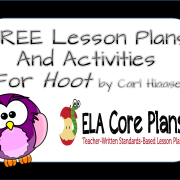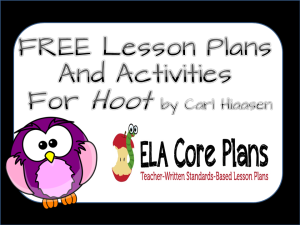Lesson Plans for the Novel Small Steps
Small Steps by Louis Sachar is a story of loyalty and friendship. Your students will not want to stop reading this awesome story! They will learn that doing the right thing is never a wrong choice; doing the right thing is a small step in the right direction. Scroll down to print free lesson plans for the novel Small Steps.
In our classrooms, we use this novel as a choice for book clubs, or as some call them, literature circles. We would like to share a couple of our activities or lesson plans for the novel Small Steps. After reading chapter three of Small Steps, we have students analyze Ginny and Armpit by taking a close look at this passage:
…A few neighborhood kids called her spaz, and retard, but most treated her with respect because she was a friend of Armpit’s and because she was willing to answer their questions.
Once this analysis is complete, students read an informational passage on cerebral palsy. This allows students to gain a little understanding of Ginny’s disability.
After chapter seventeen, we take a look at allusion. Students receive a handout that explains this literary device. Then, they look at some passages from the chapter and identify the allusions. Finally, students are encouraged to be on the lookout for other examples of allusions as they complete the novel. We offer bonus points to our students if they jot the allusion down and place it in our “Novel Finds” box!





